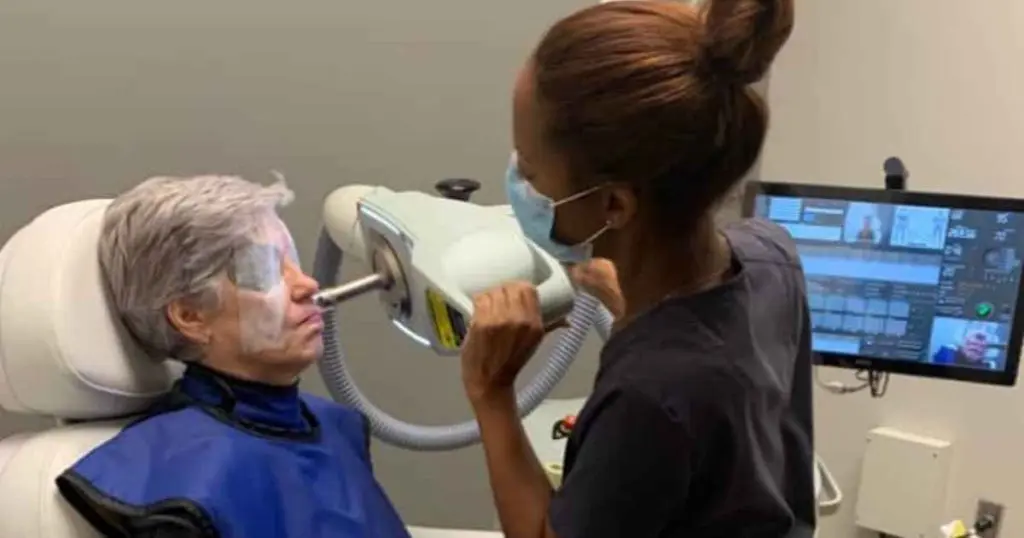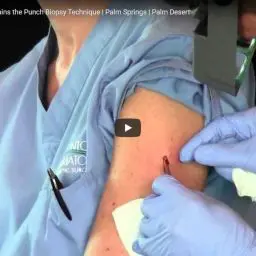Shave vs. Punch Biopsy: Choosing the Best Option for Skin Lesion Diagnosis by Jessica Neal, NP-C
Understanding the Differences: Punch Biopsy vs Shave Biopsy
When diagnosing skin lesions, selecting the right biopsy method is essential. Jessica Neal, NP-C, at Contour Dermatology, explains the differences between shave and punch biopsies, helping patients understand which option may be best suited for identifying various types of skin conditions. Both techniques offer specific benefits, and understanding their distinctions can aid in effective and minimally invasive diagnosis.
Shave Biopsy: Quick and Minimally Invasive
A shave biopsy involves gently removing a surface layer of the skin with a small blade, which is ideal for examining superficial lesions. This method leaves a minimal mark and is a preferred option when only a small sample of tissue is needed, such as for testing lesions that are flat or slightly elevated. It offers faster healing time and is effective for diagnosing non-melanoma skin cancers.
Punch Biopsy: Deeper Tissue Sampling for Comprehensive Analysis
A punch biopsy is used to obtain a cylindrical core of skin tissue, reaching deeper layers to gather a full-thickness sample. This technique is ideal for assessing complex lesions that extend below the skin’s surface, providing a more complete tissue sample for thorough analysis. Punch biopsies are particularly valuable when diagnosing conditions like melanoma or inflammatory skin disorders.
Determining the Right Biopsy for Accurate Diagnosis
Jessica Neal, NP-C, emphasizes that the choice between shave and punch biopsy depends on the lesion’s size, depth, and clinical features. By carefully evaluating these factors, dermatologists can ensure accurate diagnoses and develop targeted treatment plans. Understanding the purpose and benefits of each biopsy method empowers patients to feel informed and confident in their diagnostic care.

























